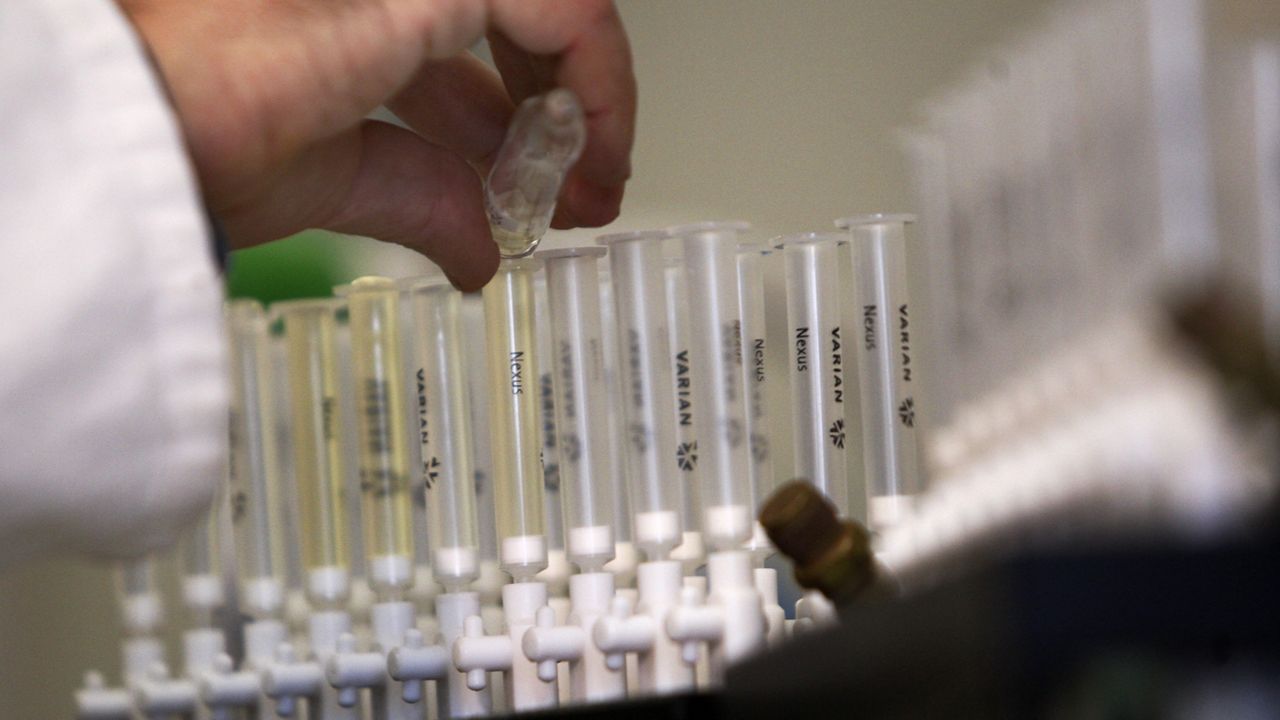The percentage of employee drug tests that showed signs of tampering increased 633% last year, according to a new report from Quest Diagnostics released Wednesday.
It was the highest rate in more than 30 years of reporting, according to the lab test chain.
Culled from 9.8 million workforce drug tests last year, Quest’s annual Drug Testing Index found that a significantly higher percentage of urine specimens had been substituted or were invalid last year, indicating a specimen had likely been tampered with to cover up drug use.
“The increased rate of both substituted and invalid specimens indicates that some American workers are going to great lengths to attempt to subvert the drug testing process,” Quest Diagnostics Senior Director of Science for Workforce Health Solutions, Dr. Suhash Harwani, said in a statement.
“Given the growing acceptance and use of some dugs, particularly marijuana, it may be unsurprising that some people feel it necessary to try and cheat a drug test,” he said. “It is possible that our society’s normalization of drug use is fostering environments in which some employees feel it is acceptable to use such drugs without truly understanding the impact they have on workplace safety.”
In 2023, 5.7% of the U.S. general workforce tested positive for drugs, according to the index.
In jobs that are considered safety sensitive, the report found that substituted specimens increased 371% last year, and invalid specimens increased 37% compared with 2022. Positive marijuana tests among safety-sensitive workers decreased 3.1% last year compared with a year earlier.
“The federally mandated, safety-sensitive population has a lower rate of drug positivity, likely due to the fact that there is decreased drug use when there is an expectation of being drug tests,” Harwani said. “This is fundamentally the strength of having a drug testing program. The mere expectation of drug testing may be a deterrent, dissuading individuals from both drug use and applying for positions where such tests are standard practice.”
Among non-safety-sensitive workers, positive drug tests increased, especially among administrative, managerial and clerical workers. They were up 17% among real estate and lending workers; 9.3% among professional, scientific and technical service workers; 7.9% among those providing educational services; and 5% among public administrators in 2023.
Positive tests for marijuana were significantly higher than for drugs overall, increasing 35.7% in the finance and insurance industry, 23.5% in public administration and 22.2% in real estate rental and leasing.
Positive marijuana tests in the general U.S. workforce increased 4.7% in 2023 compared with 4.3% in 2022. Since 2019, positive marijuana tests have increased 45.2%.
Tests for marijuana after a workplace accident has occurred were also up: 7.5% of those tested for marijuana after an accident were positive. From 2015 to 2023, the percentage of workers testing positive for marijuana after an accident increased every year.
The Quest analysis syncs up with a study from the Journal of the American Medical Assn. earlier this year that reported recreational marijuana sales were associated with a 10% increase in injuries on the job among people aged 20 to 34.
The report found that positive marijuana tests were the same in states where recreational marijuana is legal and decreased in states where medical marijuana is legal. In states where both uses are illegal, positive marijuana tests fell 6.7% in 2023.
Positive tests for cocaine increased 9.1% in the general U.S. workforce last year, while heroin and opiates decreased, by 16.7% and 12.5% respectively.



